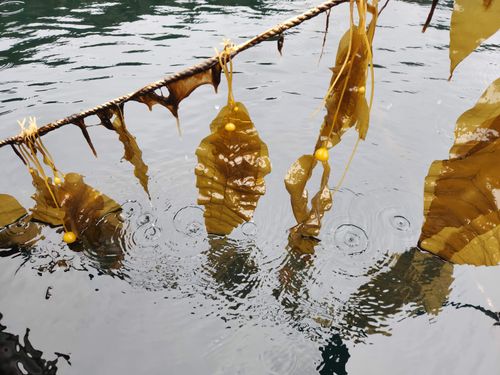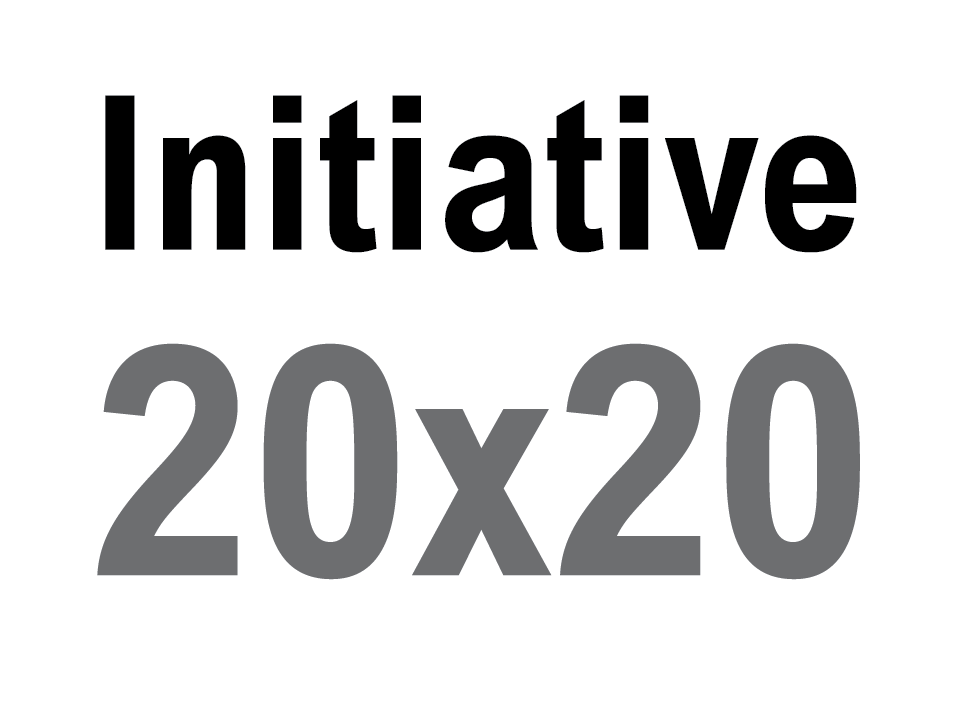Restoring Coastal Resilience on World Wetlands Day
min read
veritree
February 1, 2024
February 2nd marks World Wetlands Day, an occasion to recognize and appreciate the invaluable role wetlands play in maintaining ecological balance, fostering biodiversity, and mitigating climate change. Wetlands, often overlooked and misunderstood, are critical ecosystems that provide a myriad of ecological services. Strictly speaking, wetlands are transitional zones between terrestrial and aquatic ecosystems, characterized by the presence of water either seasonally or permanently. These diverse habitats include marshes, swamps, bogs, and mangroves, each supporting a unique array of plant and animal species.
The Importance of Wetlands
Wetlands contribute significantly to global ecological health as they purify water by filtering pollutants, mitigate floods by absorbing excess water during heavy rains, and act as carbon sinks, helping to regulate the Earth's climate. Additionally, wetlands provide habitats for a staggering range of wildlife, supporting countless species of birds, fish, and mammals. Did you know that approximately 12.1% of the world's ecosystems are wetlands?
Unfortunately, despite their critical role, wetlands are under threat. Human activities such as urbanization, agriculture, and climate change have led to the degradation and loss of these vital ecosystems. In fact, approximately 35% of our wetlands have disappeared since the 1970’s. As a direct result of this, wetland species are declining faster than at any time in human history. As we mark World Wetlands Day, it is crucial to recognize the urgency of protecting and restoring these ecosystems.
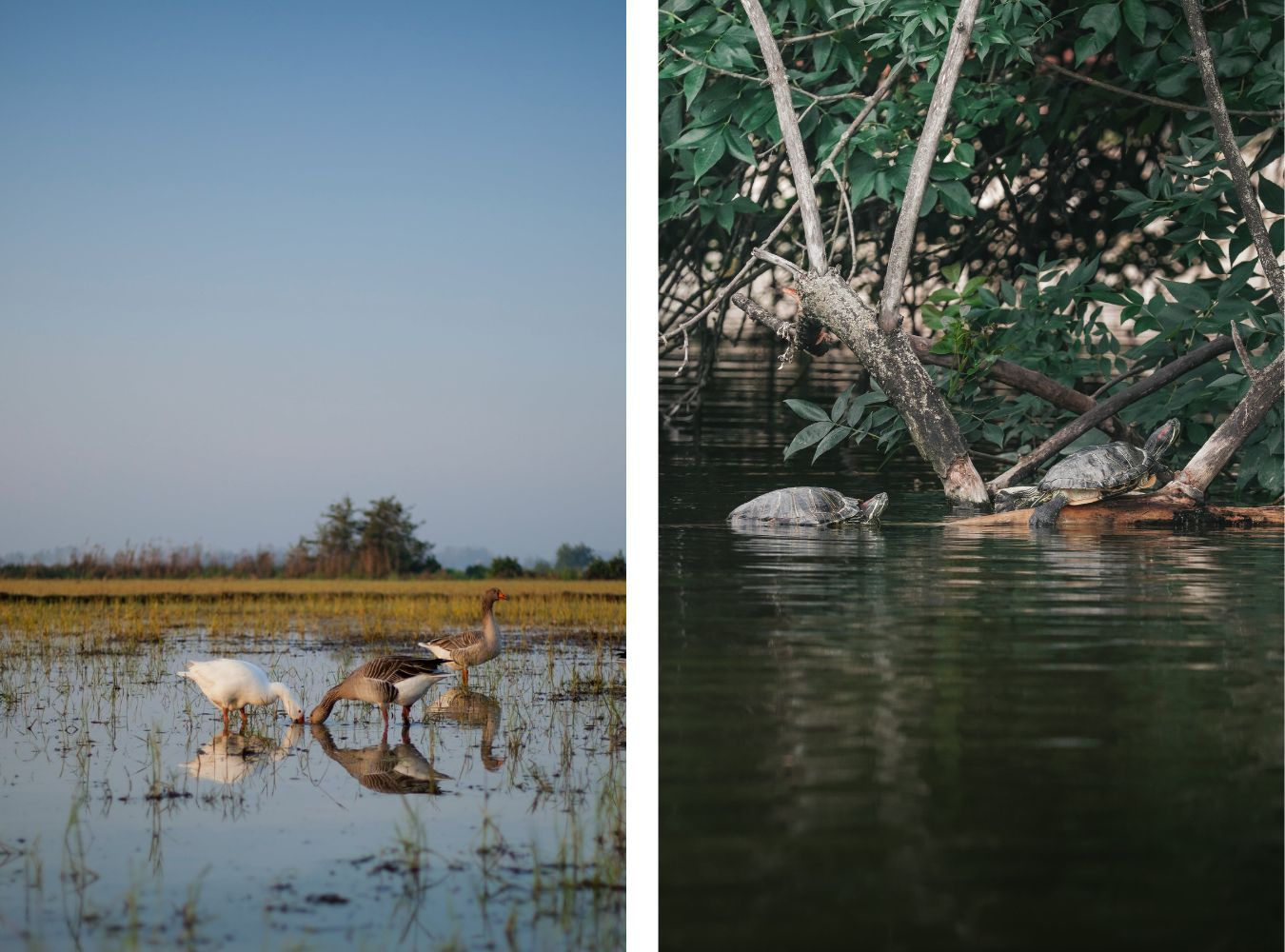
Restoring Mangrove Ecosystems: A Key to Wetland Conservation
Mangroves, constituting a distinct type of wetland, emerge as particularly crucial contributors to the health and resilience of coastal ecosystems. These unique trees, situated at the intersection of land and sea, offer a suite of services that make them indispensable in the fight against environmental degradation. Mangrove wetlands play a huge role in shoreline protection, acting as natural barriers against storm surges and coastal erosion. Their intricate root systems not only stabilize coastal areas but also provide vital habitat for a variety of marine and terrestrial species.
Moreover, mangroves excel as carbon sequestration powerhouses, absorbing atmospheric carbon dioxide at rates surpassing many other types of forests. Beyond their role as a climate buffer, mangrove ecosystems serve as essential nurseries for various marine species, playing a pivotal role in the life cycles of fish and crustaceans. The interconnected web of mangrove roots provides a safe haven for young marine life, aiding in their growth and development before they venture into open waters.
In terms of global wetland coverage, mangroves represent a smaller percentage compared to other wetland types, accounting for about 3% of the world's total wetland area. However, their disproportionately significant ecological contributions underscore the urgency of prioritizing mangrove restoration efforts especially as mangroves are among the fastest-disappearing wetland ecosystems globally. Alarming rates of mangrove loss due to human activities, such as aquaculture and urban development, threaten not only these ecosystems but also the communities that rely on them for livelihoods.
Working to Restore Mangroves in Coastal Kenya
veritree is proud to partner with EarthLungs, who have developed an innovative 'Employ to plant model' to restore mangrove forests in Eastern Kenya. This model provides jobs and incentives to local communities to reforest and protect the restored forests. In restoring the mangrove estuaries, which are rich in biodiversity, we are helping to restore fishing grounds and additional income streams for locals.
To measure the impact of these restoration initiatives, veritree is using a combination of socio-economic surveys, ground sensor and data collection, and remote sensing. Through this data collection we are able to understand the drivers of degradation, monitor restoration progress, and measure the health and survivability of the restored mangroves. Our goal is to design and scale these restoration projects so they’re not just effective, but so that they’re as efficient as possible.

Looking Ahead
As we commemorate World Wetlands Day, for us, the focus on restoring mangrove ecosystems takes centre stage. Efforts to replant and protect mangrove areas resonate as powerful strategies that can bolster resilience to climate change, mitigate the impacts of coastal erosion, and preserve the delicate equilibrium of these dynamic ecosystems. Recognizing the unparalleled role of mangroves within the broader wetland landscape reinforces the imperative of conservation and restoration, ensuring that these vital ecosystems continue to thrive for generations to come. Reach out to our team to learn how you can get involved.
Latest stories
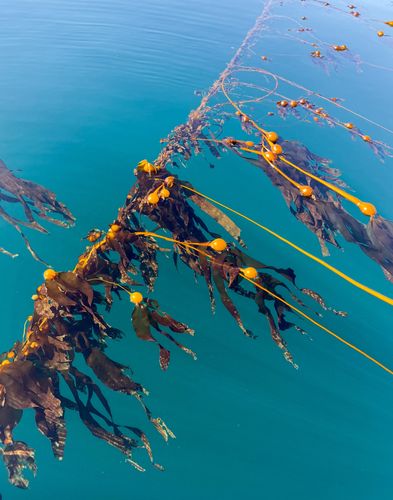
From Salmon to Seaweed
min read
In the vibrant waters of Venture Point, within the Okisollo Channel of British Columbia, a project run by Sea Forest (partner to Coastal Kelp) and United Kelp, a cooperative encompassing five Indigenous Communities, is transforming an old salmon farm into a thriving kelp farm.
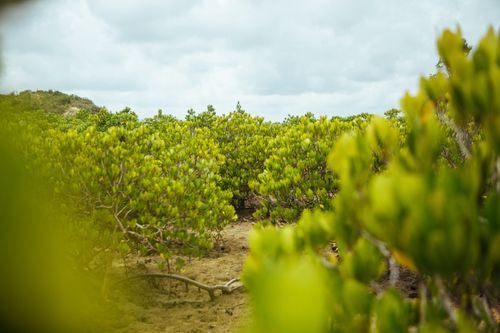
Charting Mangrove Survivability
min read
Explore the intricacies of tree survivability in diverse environmental settings, delving into methodologies used to measure and understand survival rates. Discover how innovative approaches, such as veritree's field-derived data collection, are shaping future strategies for risk mitigation and environmental restoration.
Learn More
Company
